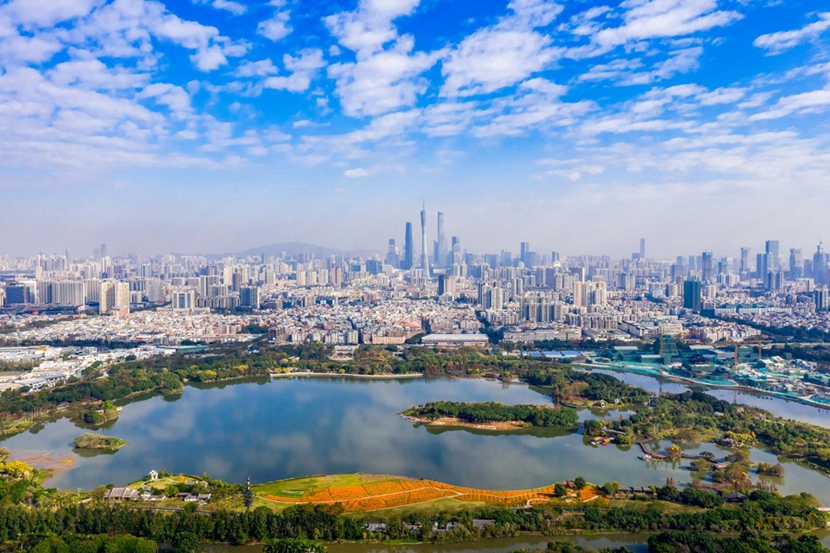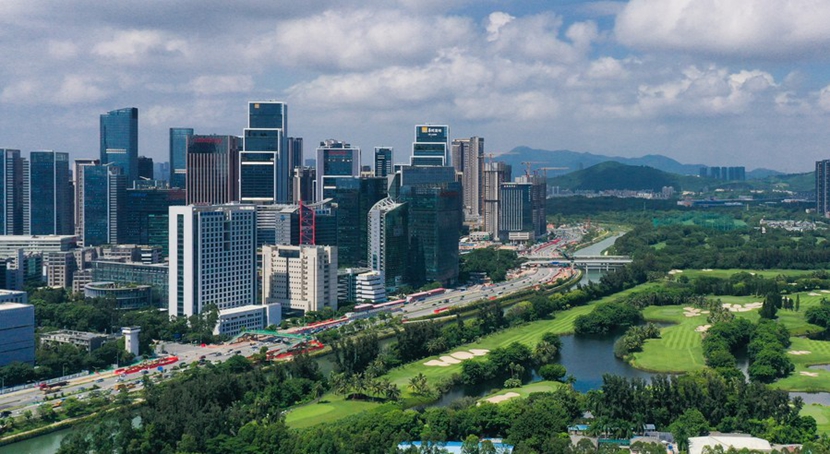
On Feb. 18, 2019, Chinese authorities unveiled the outline development plan for the Guangdong-Hong Kong-Macao Greater Bay Area, aiming to develop the region into "a role model of high-quality development."
The Guangdong-Hong Kong-Macao Greater Bay Area (Greater Bay Area) comprises of the two special administrative regions of Hong Kong and Macao, and the nine municipalities of Guangzhou, Shenzhen, Zhuhai, Foshan, Huizhou, Dongguan, Zhongshan, Jiangmen and Zhaoqing in Guangdong province. The total area is around 56,000 km2. At the end of 2019, the total population stood at over 72 million, GDP was USD 1,679.5 billion and GDP per capita was USD 23,371.

The development of the Greater Bay Area is a key strategic plan in the country's development blueprint, and shoulders great significance to the country's implementation of innovation-driven development and adherence to reform and opening up. The objectives are to further deepen cooperation between Guangdong, Hong Kong and Macao, fully leverage the composite advantages of the three places, facilitate in-depth integration within the region, and promote coordinated regional economic development, with a view to developing an international first-class bay area that is ideal for living, working and travelling.
The development of the area is hailed not only as a new attempt to break new ground in pursuing opening up on all fronts in the new era, but also a further step in taking forward the practice of "one country, two systems."
According to the Outline of the 14th Five-Year Plan (2021-2025) for National Economic and Social Development and the Long-Range Objectives Through the Year 2035, adopted on March 11 at the annual session of China's top legislature, China will promote the construction of the Guangdong-Hong Kong-Macao Greater Bay Area in an active and prudent manner.